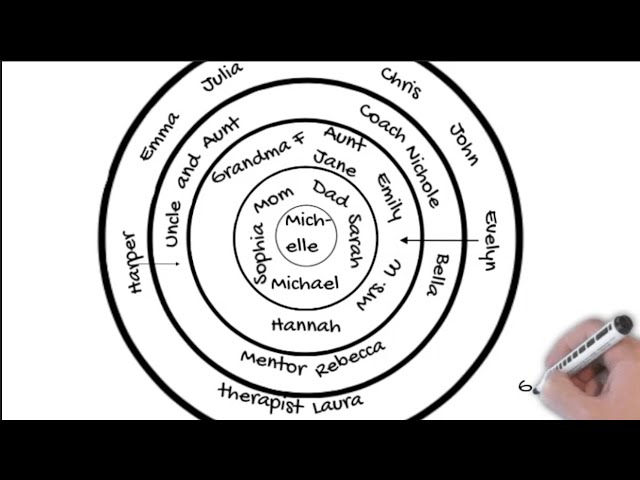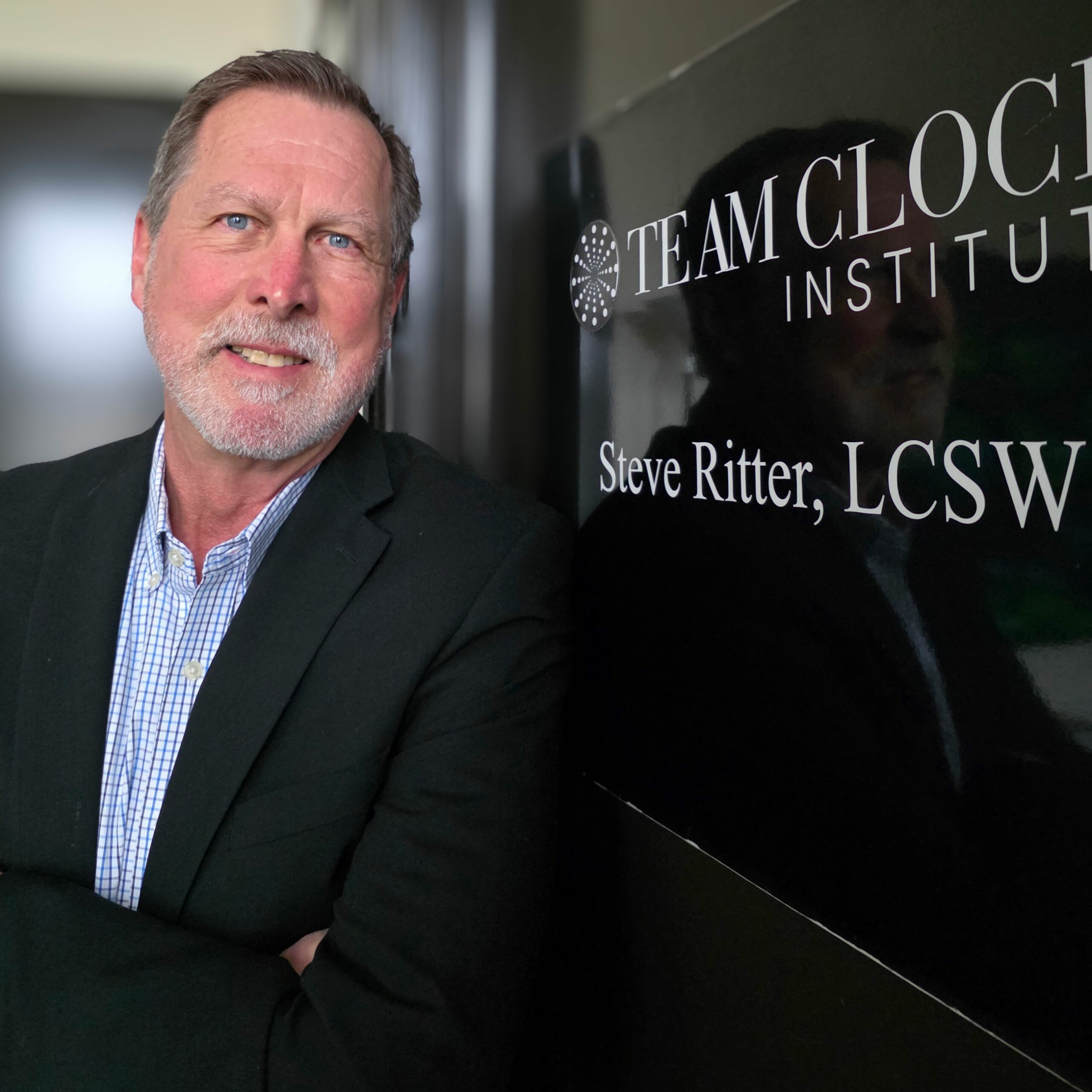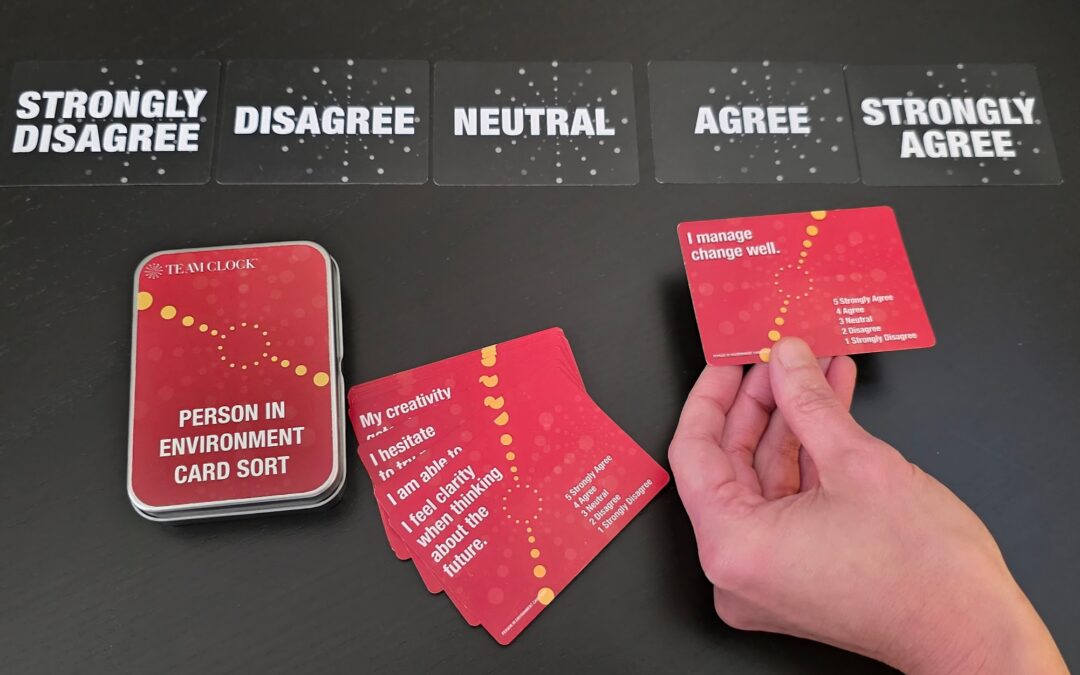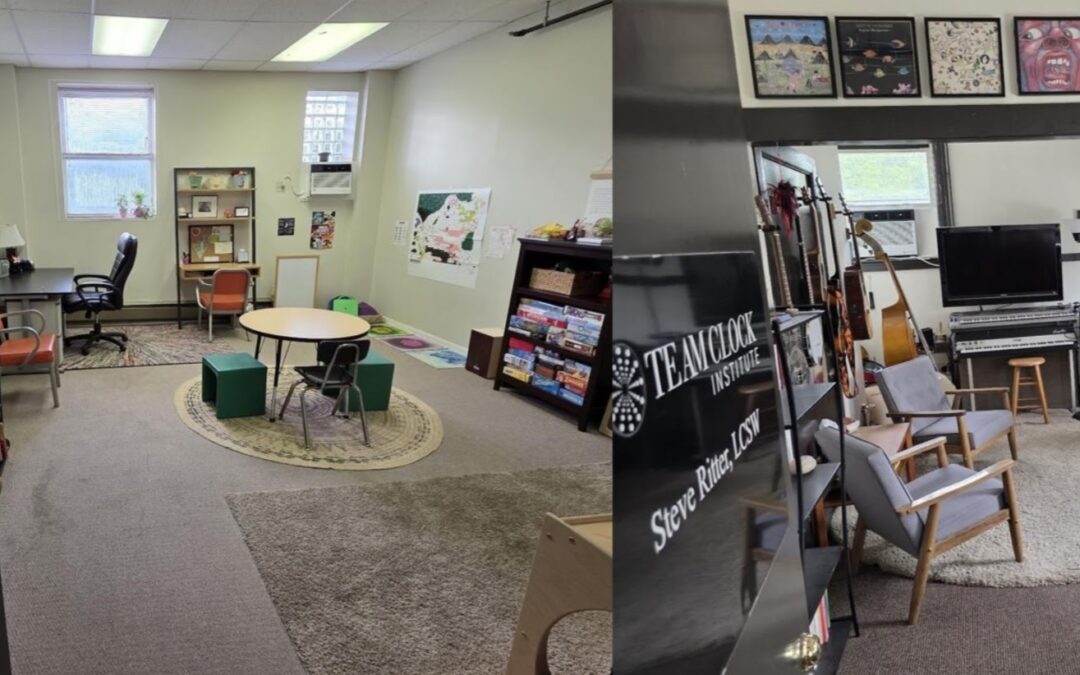
Concentric Circles
Whether at home, at the workplace, or out with friends, all of our connections live within a proximity to us that we choose. Those who are let into the inner circle are typically the most trusted and have the most extensive relationship history. Those most distant have either earned the need for arms-length or haven’t yet proven their welcome closer to the center. Over time, our connections move in and out, nearer and further, as events unfold that justify their position. However that plays out, each of us is in charge of who populates our concentric circles and where in our personal ecosystems everyone gets to live.
What are the ground rules for deciding who comes close and who remains distant? Let’s define the in/out extremes before we consider the massive grey area that lies between.
The Inner Circle
Trust and safety are non-negotiable criteria for admission to this proximity. You can add the presence of natural chemistry to the desire for closeness, but chemistry dissipates quickly if trust and safety are compromised. Likewise, shared history can carve a path toward the center as long as that pathway hasn’t normalized dysfunctional relationship dynamics. When toxic elements are baked into the recipe, presence in the inner circle perpetuates unhealthy exchanges rather than promoting wellness. So, longevity is not always a reliable variable in this equation.
The Outer Circle
The most likely criteria for distancing someone fall into two categories. First, we all have acquaintances who, for whatever reason, have only existed in peripheral proximity. Examples might include coworkers where the boundaries of the alliance prevent other forms of closeness. Perhaps old childhood neighborhood buddies or school friends simply live in separate space and time. Social media sometimes enables these connections to remain without the need to ever consider a different level of closeness.
The second category includes anyone who has been moved further away as a response to words or actions that violated the trust or safety rules of the circles closer to the center. They may have been expelled and may or may not have been afforded an opportunity to repair the damage and earn their way back in. Again, that is up to the owner of the ecosystem.
The Grey Area
This large space holds most of our connections and is in constant flux. Every action alters proximity to the center in incremental ways, often imperceptible until there’s some reason to take stock in someone’s relocation. Simple acts of kindness move people closer. Dismissive responses push people away. Shared experience accrues over time and inches partners inward. Neglect creates a gradual distance. The beauty of the grey area is the fluctuation.
Take a mental snapshot of your concentric circle map. More than identifying who lives where and why they are near or far, pay attention to the movement. Who is on their way in and why? Who is on their way out and why? It’s your circle.

About the Author
Steve Ritter, LCSW is the Founder and Executive Director of Elmhurst Counseling. He has served as a teacher, author, consultant, human resources director, health care administrator, and licensed clinical social worker since 1977. A fellow of the American College of Healthcare Executives, Steve has provided coaching, therapy and team development services to thriving schools, businesses and organizations.





